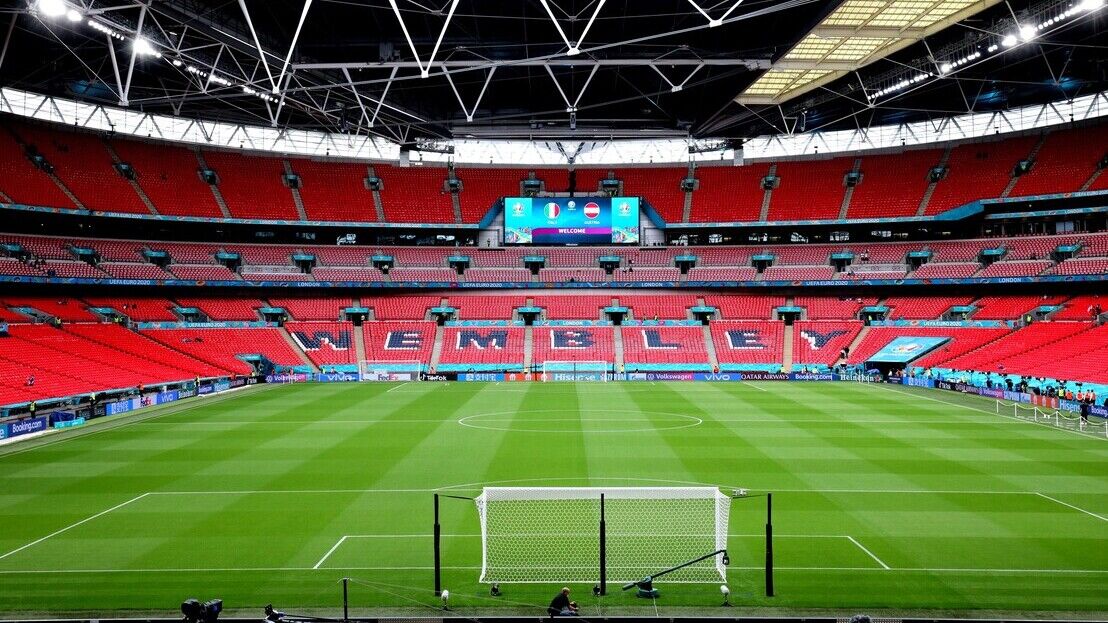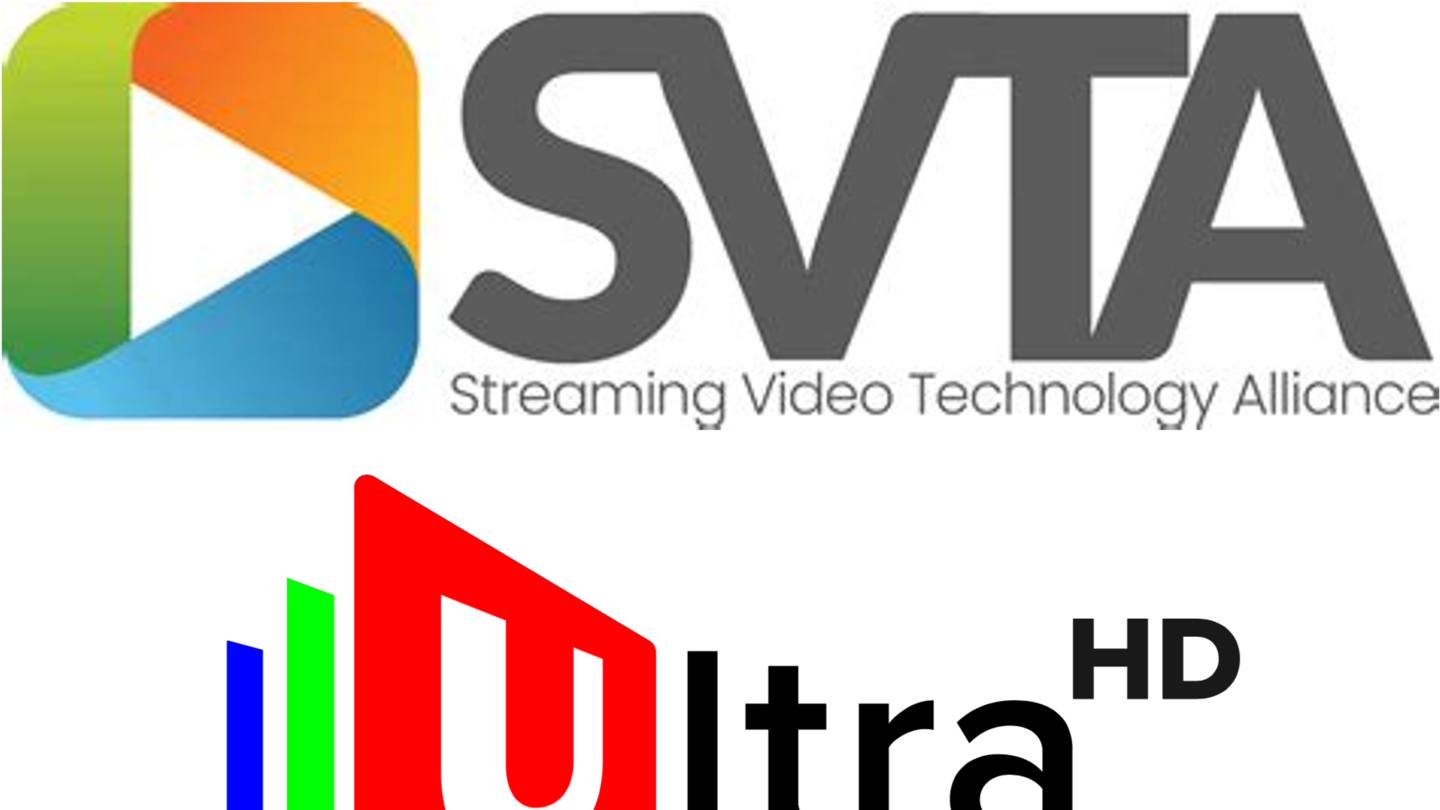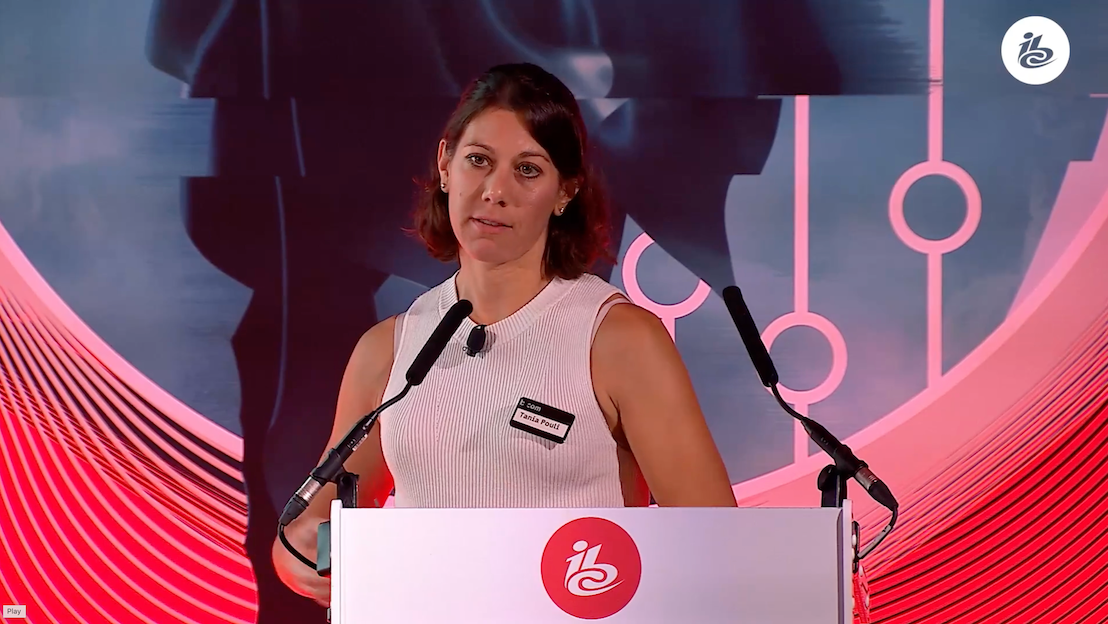Two of this summer’s major footballing events are set to be captured in HD HDR rather than 4K UHD. Adrian Pennington asks if this is the start of a downward trend for 4K broadcasting.
Sports broadcasters have given up on 4K UHD for the time being at least with the UEFA Champions League Final and this summer’s European Championship both being produced in 1080p HD HDR as the host production format.
That’s a significant reversal of more than a decade-long trend to up the ante in terms of broadcast resolution with each successive major tournament.
The Champions League Final has been broadcast in UHD since 2015 and the Euros since 2016 (then 2021) but now there’s been a rethink.
Nor is UEFA an outlier: “We see similar discussions in the US, where Amazon Prime is...
You are not signed in
Only registered users can read the rest of this article.

Multi-camera live virtual production on a broadcast budget
German broadcaster SWR claims a world first live multi-camera virtual production with potential learnings for broadcasters everywhere.

M&E predictions and analysis: “It's going to be an exciting decade”
Four top media analysts reveal their data-backed assessments of 2025, as well as their predictions for 2026 and beyond.

IBC Accelerators in review: From ideas to prototypes to blueprints for the future
IBC2025’s Accelerator cohort delivered some of the most ambitious demonstrations yet, featuring AI-driven production workflows, a radical rethinking of ultra-low latency streaming, and even live private 5G networks flying in an ultralight aircraft. IBC365 hears from a handful of projects to learn about life after the show.

Particle advice: How real is the quantum apocalypse?
While Google forges ahead with unlocking the potential of its Willow quantum computing chip, cybersecurity experts warn that further breakthroughs in the field could catch a digital ecosystem built on crypto security off guard. Adrian Pennington reports.

Content Everywhere: A look back at 2025
As the year draws to a close, it seems an opportune time to ask Content Everywhere companies for their views on the top trends in 2025. As always, key industry players have been keen to respond with comments and views on how the past year shaped up both for them and the wider industry.



.png)
